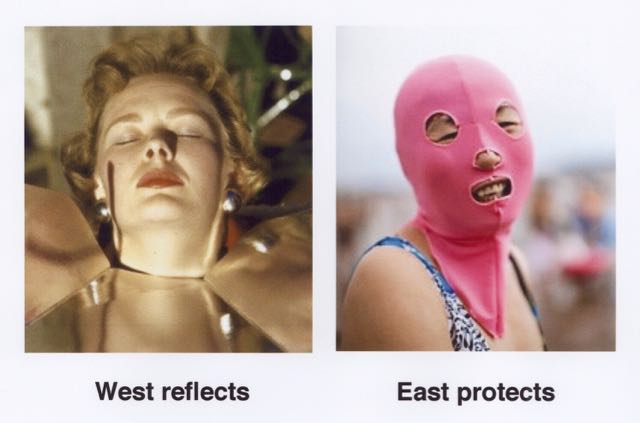Suntan, psychology and atopic eczema

A sun tan is created by sunshine darkening melanin, the pigment in skin. Being in the sun can also increase the production of melanin. This is seen as a protective reaction against the harmful effects of too much sunshine.
Excessive sunbathing and tanning using artificial ultraviolet light is, in the long run, associated with early ageing of the skin, and increased risk of skin cancer - especially for those with paler skin types: the higher concentration of melanin in darker skin provides some natural protection.
To tan, or not to tan
The popularity of getting a tan has varied over time and place. During the last hundred years in Europe and the Americas there has been a veritable craze for getting a tan, at least amongst those with paler skin. For some in the West having a tan has been associated with success and attractiveness.
Even getting a “fake tan”, using applications that colour the skin, seems acceptable and desirable for some!
Meanwhile, in Asia and the Far East the cultures have had different values - in India and China, as previously in Western Europe, the class-conscious can go to some lengths to avoid getting a dark skin through sun exposure, when being tanned is associated with lower class and manual work.
Whilst a sun reflector to get a perfect tan may find favour on one side of the globe, on the other side of the world the protection given by a ski mask has been popular with some (see above).
Psychology
Experiments conducted by social psychologists suggest self-esteem gained through following fashion is a more important influence than information about the health risks on any otherwise popular behaviour. Telling sun-worshippers of the long-term risks they are taking can actually increase their sunbathing behaviour! Only persuading them that having a tan has become unfashionable leads them to heed of health-risk advice and reduce their interest in tanning.
Some dermatologists have suggested that compulsive sunbathing, or “tanorexia”, may be linked to the release of endorphins in the skin. When some showing this extreme behaviour have been given a drug that blocks the endorphin feel-good effect, “withdrawal” symptoms, including nausea and jitteriness, have been observed - suggesting tanning can become, at least for some, physically addictive.
Atopic eczema
Many, regardless of skin colour type, say that getting out in the sun is good for their eczema - but no one recommends suntanning as an eczema treatment. The therapeutic effect of ultraviolet light is quite separate from its tanning effect.
Because phototherapy with artificial ultraviolet light is now an established part of the medical stepped-care protocols for treating atopic eczema, some have seen the informal use of tanning parlours as a way of getting their eczema treated, without having to see a dermatologist.
But this do-it-yourself approach is risky. The very careful use of special medical ultraviolet phototherapy cannot be obtained on the high street - and the same goes for the use an ultraviolet lamp at home!
See also
- Are all-day sun block creams a good idea?
- Sun block, sun-skin reactions, and atopic eczema
- Sunshine, vitamin D and atopic eczema
- Tanning While Pregnant
